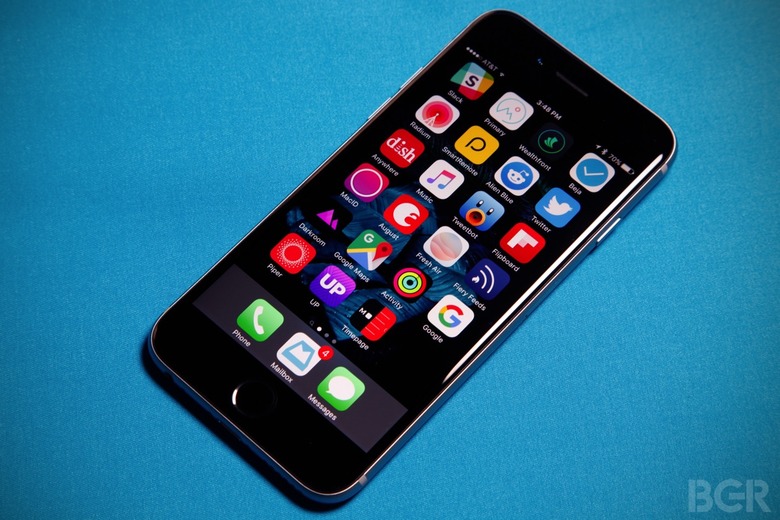Apple's iPhone Upgrade Program Looks Like Bad News For Verizon And AT&T
When Apple announced the iPhone 6s in early September, the company also introduced a new payment system called the iPhone Upgrade Program. Apple's iPhone financing scheme is similar to what many carriers are already offering, with pricing starting at around $32 per month for the 16GB iPhone 6s. However, Apple also includes an AppleCare warranty in its offer and the iPhone comes factory unlocked, meaning the customer can choose any carrier in the world for wireless service.
A new report indicates that some carriers are already profiting from Apple's iPhone Upgrade Program, especially smaller ones such as T-Mobile and Sprint.
DON'T MISS: Comcast's attempt to bash Google Fiber backfires hilariously
According to Bloomberg, T-Mobile said last week that it had its best iPhone quarter ever thanks to a combination of sales in its stores and iPhone sales coming from Apple via the upgrade program. Sprint will announce its numbers for the third quarter on Thursday, and Bloomberg is speculating that America's No. 4 carrier might report a similar jolt thanks in part for the iPhone Upgrade Program.
"We love it," T-Mobile's chief operating officer Mike Sievert said. "It is interesting. It's simplistic. It brings consumers more options, and it's been a benefit to us."
T-Mobile's iPhone plans helped it add 843,000 subscribers last quarter, almost twice as many as Verizon's 430,000. AT&T lost 459,000 subscribers during the period, according to JPMorgan Chase & Co. analyst Philip Cusick.
Verizon, in contrast, sounds less-than-pleased with the new program.
"If Apple finances the phone I don't have to," Verizon CFO Fran Shammo said in an interview. "But the problem comes if the customer has a negative experience. They'll expect Verizon to take care of the issues. I don't think the ecosystem impact was fully thought through."
"Separating the phone sale from the carrier is bad for the incumbents," Macquarie Securities USA Inc. analyst Kevin Smithen said. "If consumers take the time to go to Apple and get an unlocked device, then they have already decided not to go the easy route and just get an upgrade from the carrier.”
Both T-Mobile and Sprint offer phone financing programs, including leasing options that make smartphones seem even more affordable, especially expensive iPhones. Meanwhile, Verizon and AT&T don't see much demand from the customer when it comes to phone leasing options, Bloomberg says. The two carriers have relied so far on phone financing and tablet promotions to keep subscriber numbers up.
"I don't think it's a good deal for the consumer – paying for the phone but not owning it," AT&T's chief financial officer John Stephens said. "But I'm just the finance guy, if our management thought customers wanted leasing, then we'd do it."
Analysts expect up to 9 million iPhone buyers to purchase the handset using Apple's financing plan in the first year. The number may eventually increase to 20% of all iPhone customers.
